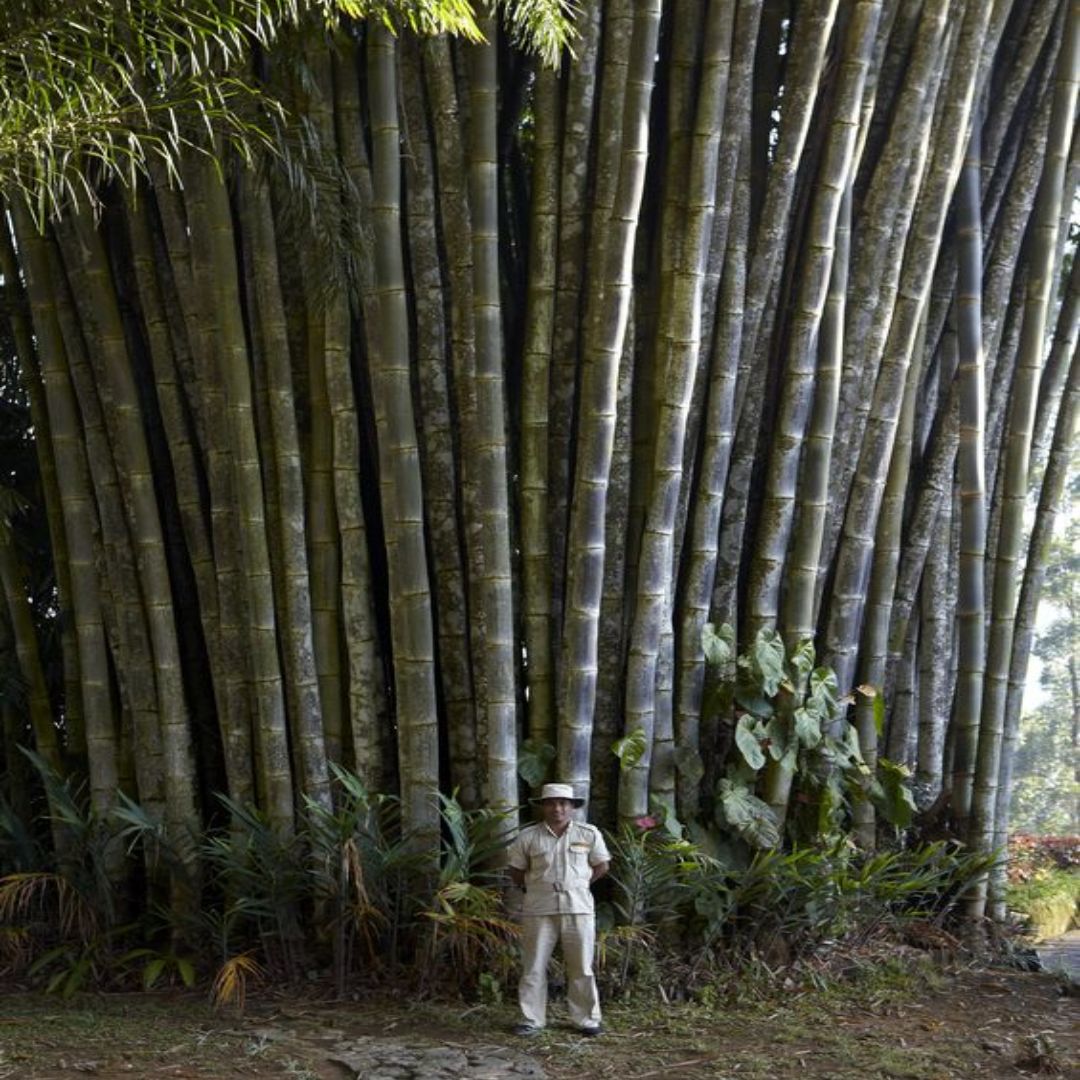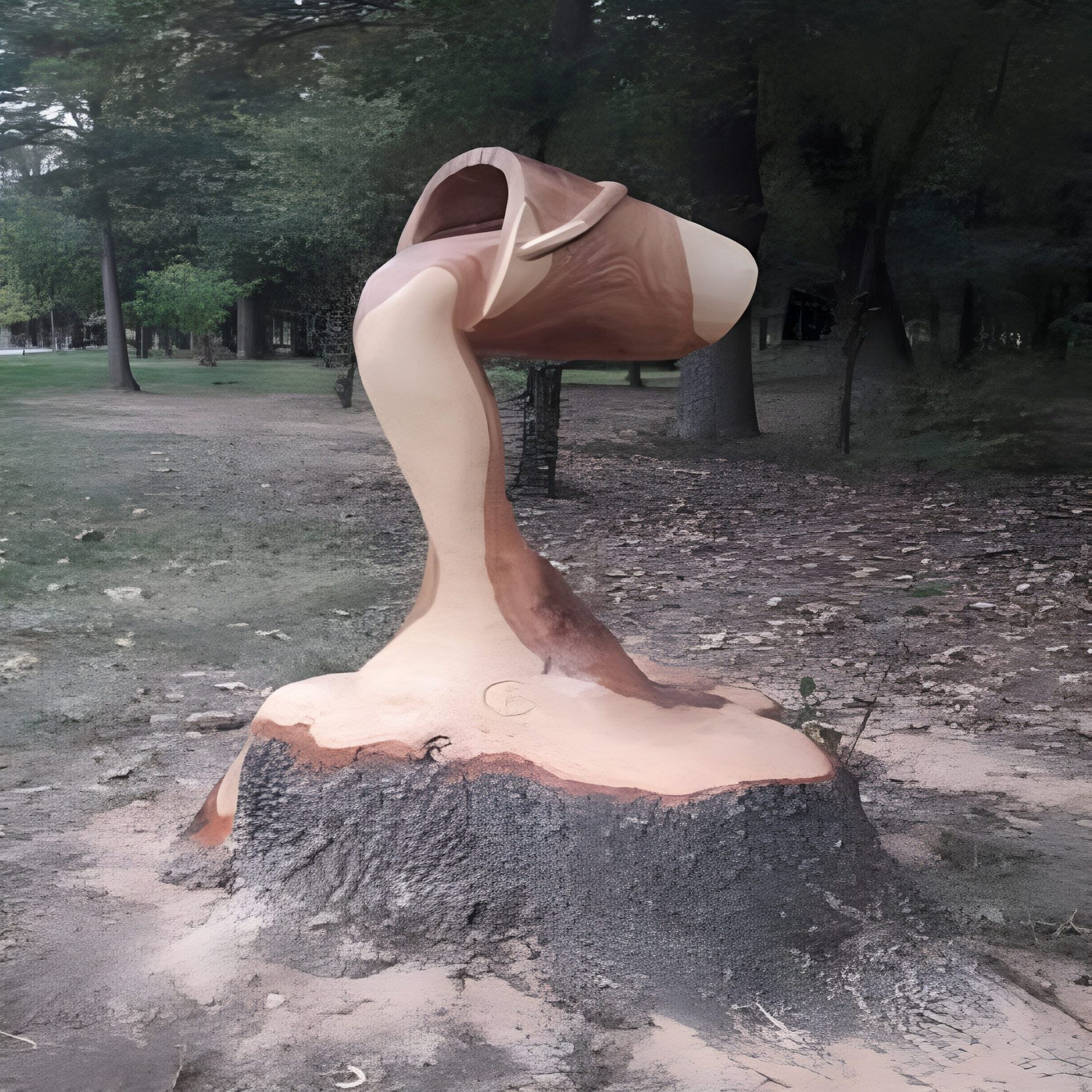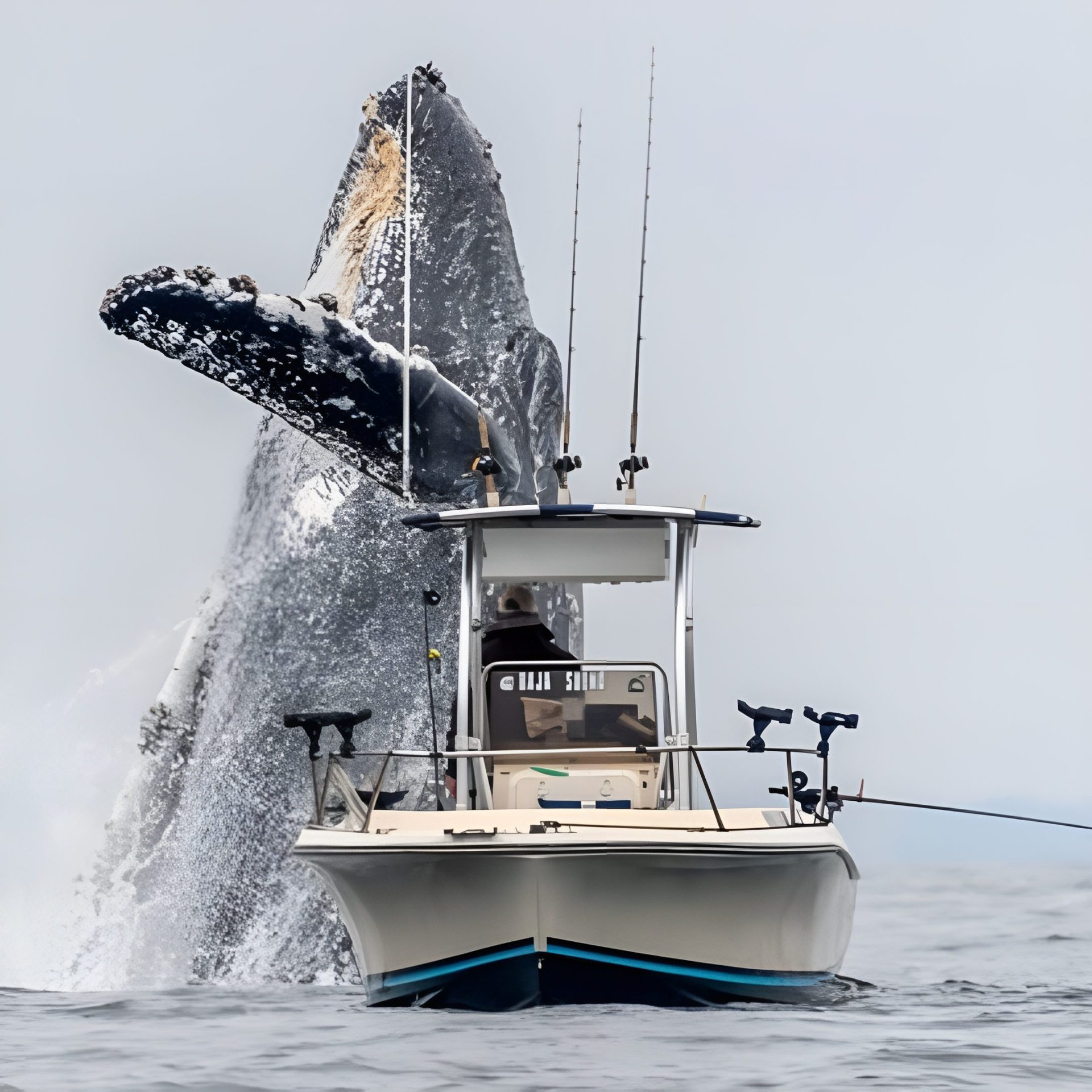Scientists have discovered Earth’s oldest rocks, dated at 4.28 billion years, surpassing previous findings by 250 million years.
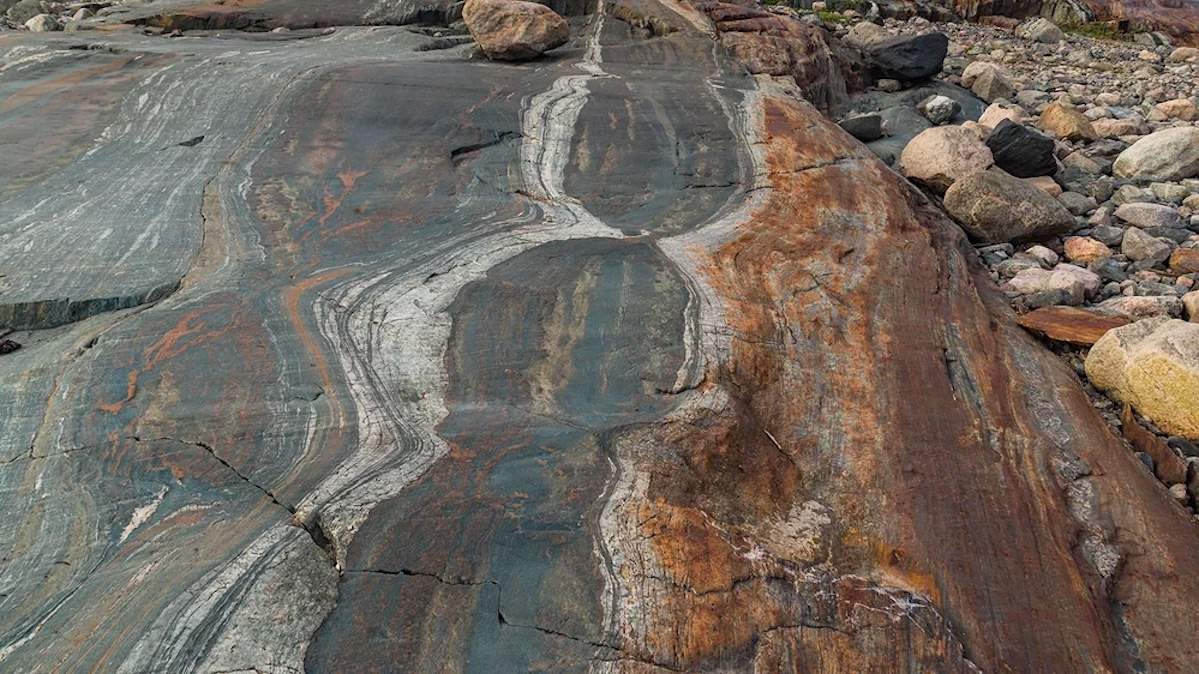
Greenstone – the oldest rock formation ever discovered. Image credit: Inuit Adventures
The Earth is about 4.54 billion years old, but most of its original crust has been recycled by plate tectonics and eroded by weathering. Finding the oldest rocks on Earth is a challenging task that requires careful dating techniques and rare geological conditions. One of the most promising sites for this quest is the Nuvvuagittuq Greenstone Belt (NGB), a sequence of metamorphosed volcanic and sedimentary rocks located on the eastern shore of Hudson Bay, 40 km southeast of Inukjuak, Quebec.
The NGB was first mapped in 1965 by the Quebec Ministry of Natural Resources, but it remained largely unexplored until the 2000s, when preliminary reports of uranium-lead dating on zircons found in granitic intrusions that cut portions of the belt gave an age of about 3.75 billion years. This was already remarkable, as it made the NGB one of the oldest known rock formations on Earth, but further studies suggested an even more astonishing possibility: some parts of the NGB could be as old as 4.28 billion years, making them the oldest known rocks on Earth.
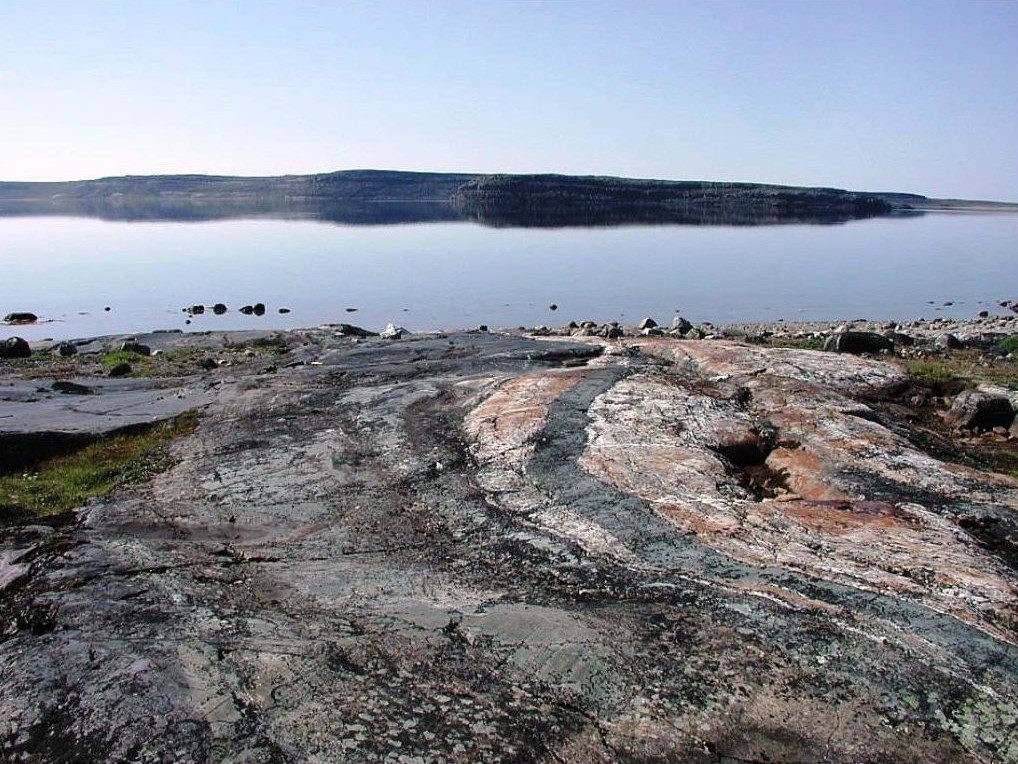
An outcrop of metamorphosed rock in the Nuvvuagittuq Greenstone Belt, Canada. Image credit: NASA
The researchers suspected that the rocks in that location might belong to the earliest periods in Earth’s history. To establish their age, they collected samples and conducted analyses on the isotopes of rare earth elements neodymium and samarium. By measuring minute variations in these isotopes, they concluded that the samples dated back to approximately 3.8 to 4.28 billion years.
The earliest recorded dates, originating from rocks referred to as “faux amphibolite” by geologists, are believed to be ancient volcanic sediments. These surpass the previously known oldest rocks, which are 4.03 billion years old and originate from a formation known as the Acasta Gneiss in Canada’s Northwest Territories.

4.28-billion-year-old garnet in “faux-amphibolite”, the oldest known Earth rock of which direct samples are available. Nuvvuagittuq Greenstone Belt. Image credit: James St. John
According to the scientists, although there are tiny mineral grains in western Australia that date back 4.36 billion years, no entire rocks older than the newly identified ones have been discovered.
The Nuvvuagittuq rocks are “the oldest whole rocks found so far”, said geologist Richard Carlson of the Carnegie Institution, who analyzed the rocks with Jonathan O’Neil, a Ph.D. student at McGill University in Montreal. The team’s findings were published in the journal Science.
The rocks have a pinkish, brownish color. “It’s a very pretty rock. It’s layered pink. And then it’s got big garnets in it that make big, round blobs in the layering,” Carlson said.
In addition to its geological significance, the NGB also has astrobiological implications, as it may contain traces of ancient life. In 2017, a team of scientists reported finding microfossils of bacteria-like organisms in iron-rich sedimentary rocks within the NGB, which they dated to 3.77 billion years ago. If confirmed, these would be the oldest fossils ever discovered on Earth, pushing back the origin of life by hundreds of millions of years.
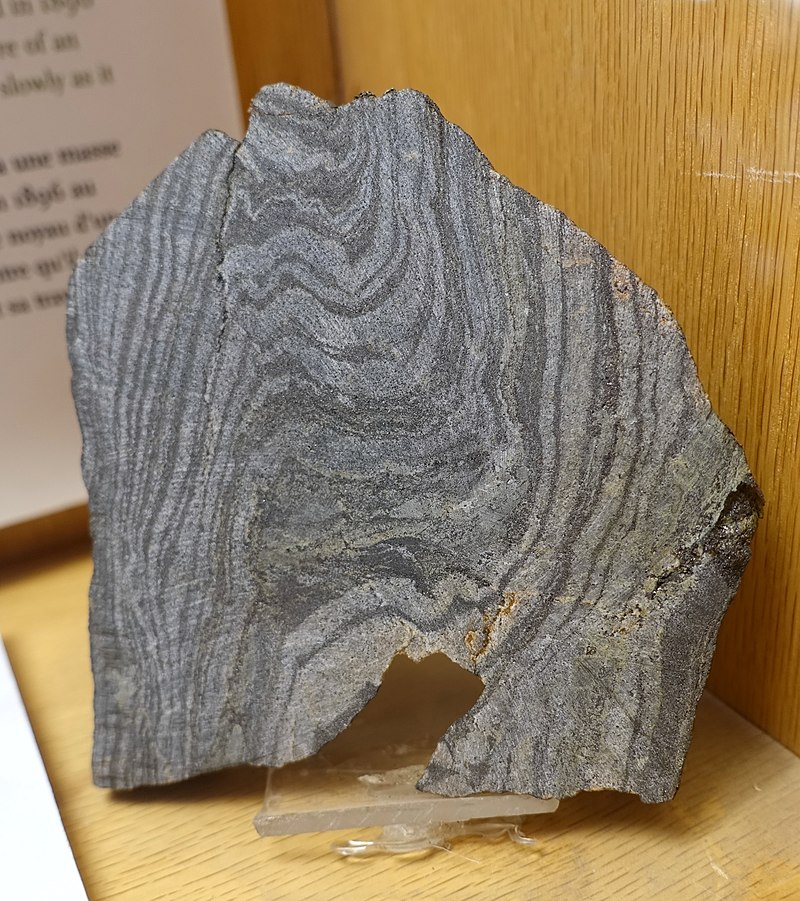
Banded iron formation found in Porpoise Cove (Nuvvuagittuq). These formations could be the oldest fingerprints of life, indicating that there may have been biological activity at the time that the NGB was being formed. Image credit: Daderot
The Nuvvuagittuq Greenstone Belt is a fascinating and controversial geological site that challenges our understanding of Earth’s earliest history. It may hold clues to how our planet formed, how its crust evolved, and how life emerged and survived in harsh environments. As more data and analyses become available, we may be able to unravel some of these mysteries and appreciate the significance of these ancient rocks.
Sources: 1, 2, 3, 4, 5, 6

